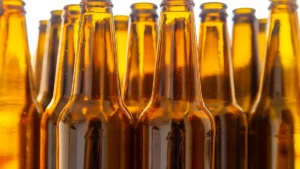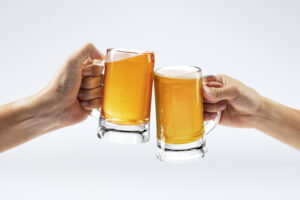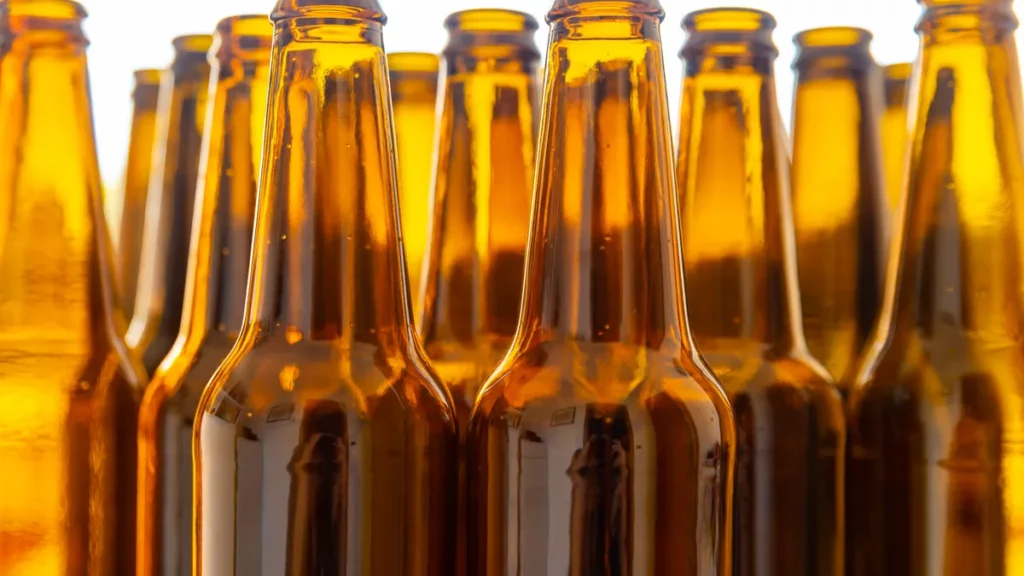Trends in Beer Packaging
One of the many ways beer is special is that it comes in a wide variety of packages of different sizes, shapes, and materials. It’s a great point of pride for our industry and a major part of what makes beer the most versatile among the different types of beverage alcohol. Beer’s packaging is so diverse, in fact, it can be difficult to assess the performance of each package, especially across different regions where local laws, regulations, tastes, culture, and other drivers influence the packaging landscape.
That’s why each year the Beer Institute produces a detailed report on beer’s state-level performance by package type and size. This research helps us show policymakers the importance of packaging materials to our industry. It also leads to important business insights and helps guide decisions for the beer industry. The full report is now available in the Industry Insights section of our website, and here are some key highlights:
Aluminum cans, which now make up 62% of beer volume produced and sold in the United States, gained share of the domestic beer segment for the sixth straight year. One of the largest drivers of this trend has been the ongoing shift towards off-premise retail channels like convenience, grocery, and mass merchandiser stores, which tend to feature more canned beer offerings than on-premise retailers like bars and restaurants. The exception to this rule is concessions stands at places like arenas, stadiums, and concert venues, which demand shatter-proof containers and were the only on-premise channel to gain any share in 2017. Among aluminum can packages, the largest share gainers in 2017 were large format cans 16 ounces or larger. Some of this growth is coming from premium and economy brands in places like convenience stores and some is coming from growth in craft brands in four packs and “crowlers” (32oz. cans, often sold at taprooms and brewpubs).
Despite their many tailwinds, aluminum cans lost a small amount of share of total beer volume during 2017, largely due to the extraordinary performance of imported beer, which skews heavily towards glass bottles.
More recently, brewers using cans face rising costs due to tariffs imposed on aluminum imports. The Beer Institute has urged the president to create exceptions that would help to alleviate these costs and will continue to do so.
Glass bottles compose nearly one-third of all beer volume in the United States and nearly two-thirds of above premium segment volume. Glass bottles lost 0.4 points of share in 2017 – only half as much as they had lost during 2016. This improvement in share performance is due in large part to continued share growth among import brands.
While the trend in cans is towards larger options, glass bottles are moving in the opposite direction. Smaller sized bottles, such as those of 7-12 ounces, compose more than 90% of beer volume in glass bottles and continue to gain share of bottled beer volume. Large format bottles have lost share in recent years. A few years ago, many off-premise retailers like grocery and liquor stores greatly expanded their space dedicated to large bottles such as 22 ounce or 750 milliliters. However, retailers are increasingly reallocating space to faster moving packages.
Draft beer gained roughly a quarter point of share across all beer during 2017, but draft beer’s share is best measured against on-premise volume rather than total beer because that’s where the vast majority of draft sales take place. Draft beer’s share of on-premise increased by 1.8 points to 61.7% – nearly two-thirds of all on-premise beer volume and the highest on-premise draft share ever directly measured by the Beer Institute. Although its growth is visible in all areas of on-premise, own-premise outlets, including taprooms and brewpubs, are driving much of the growth.
Half barrel kegs, traditionally the mainstay of draft beer, have lost about 1.5 points of draft share in each of the last two years. That share has been evenly split among 50 liter “Euro” kegs, quarter barrel kegs, and sixth barrel kegs. This change reflects the shift toward rotation and variety in draft offerings.
It bears mentioning that this shift towards smaller kegs implies dramatic logistical considerations that affect all three tiers. During 2017, the beer industry washed, filled, shipped, emptied, and returned about 250,000 fewer half barrel kegs than it had during 2016. That is a large drop in the number of half barrel kegs handled, but those half barrels’ share moved to more than 1.5 million additional 50 liter, quarter barrel, and sixth barrel kegs (not to mention firkins, which, while growing quickly, are still too small to break out separately). On net, brewers, importers, distributors, and retailers handled more than 1.25 million more kegs in 2017 than in 2016.
These are just of few of the important insights one can glean from our annual state packaging report. I encourage you to dig into the numbers to see how they impact your business.













